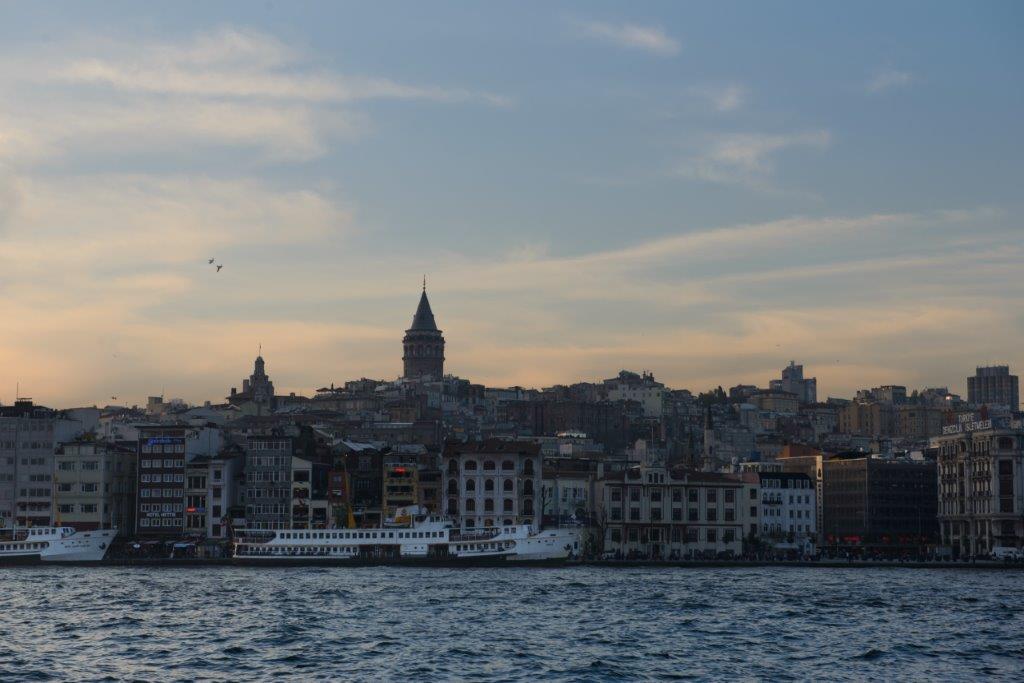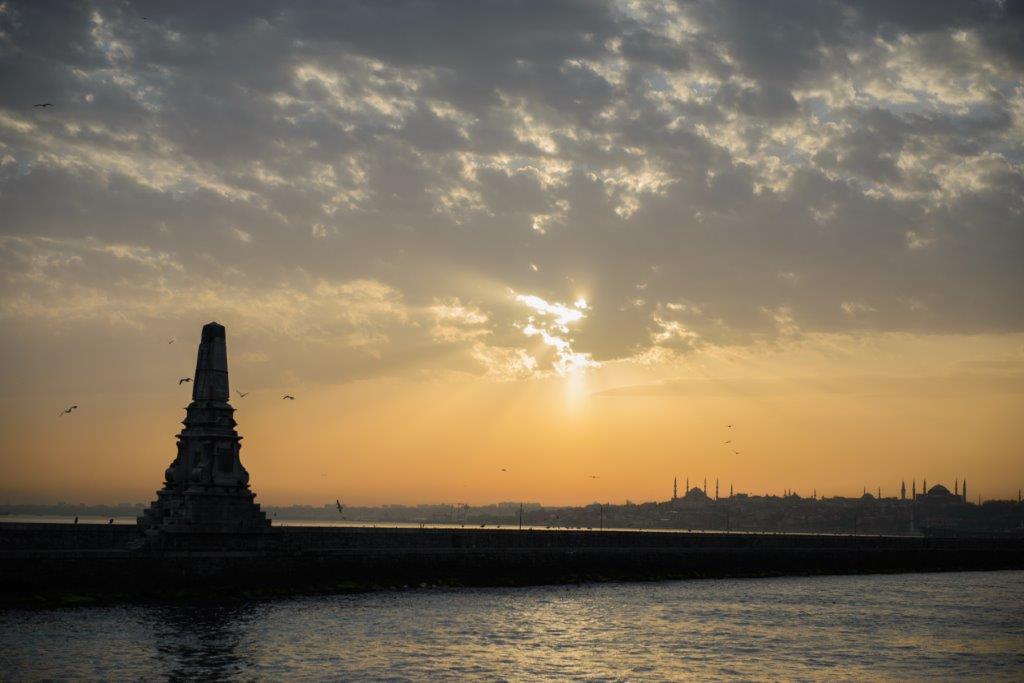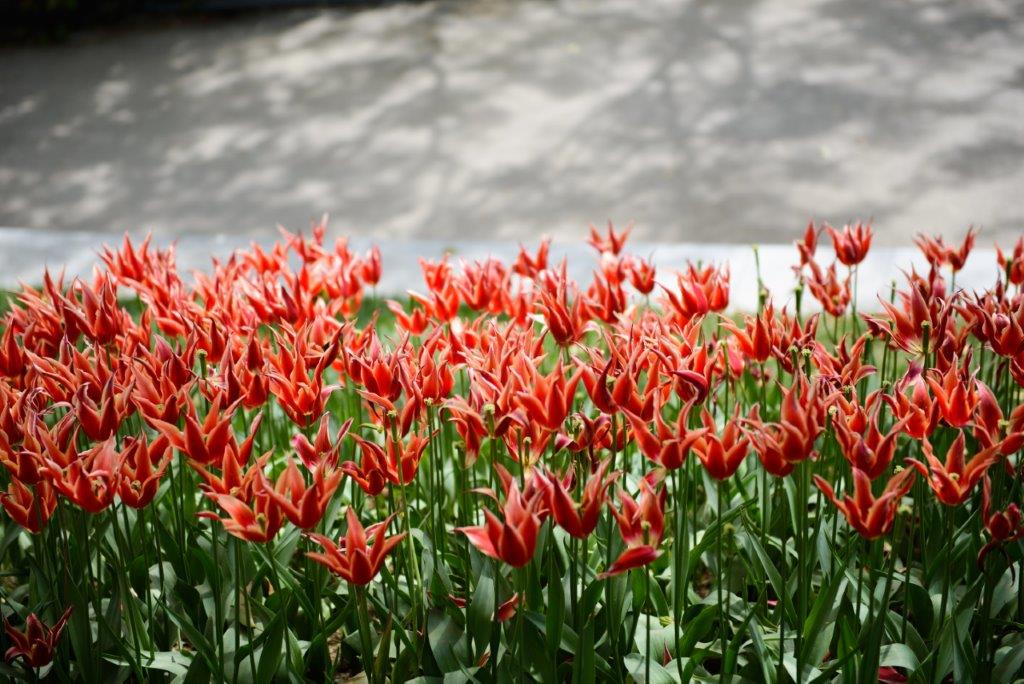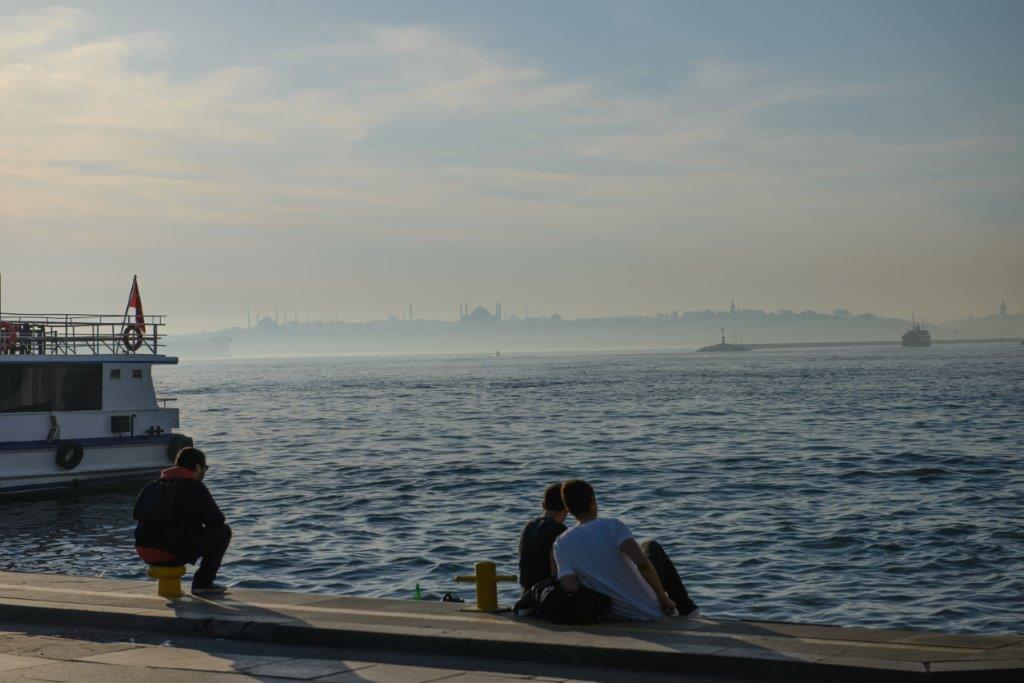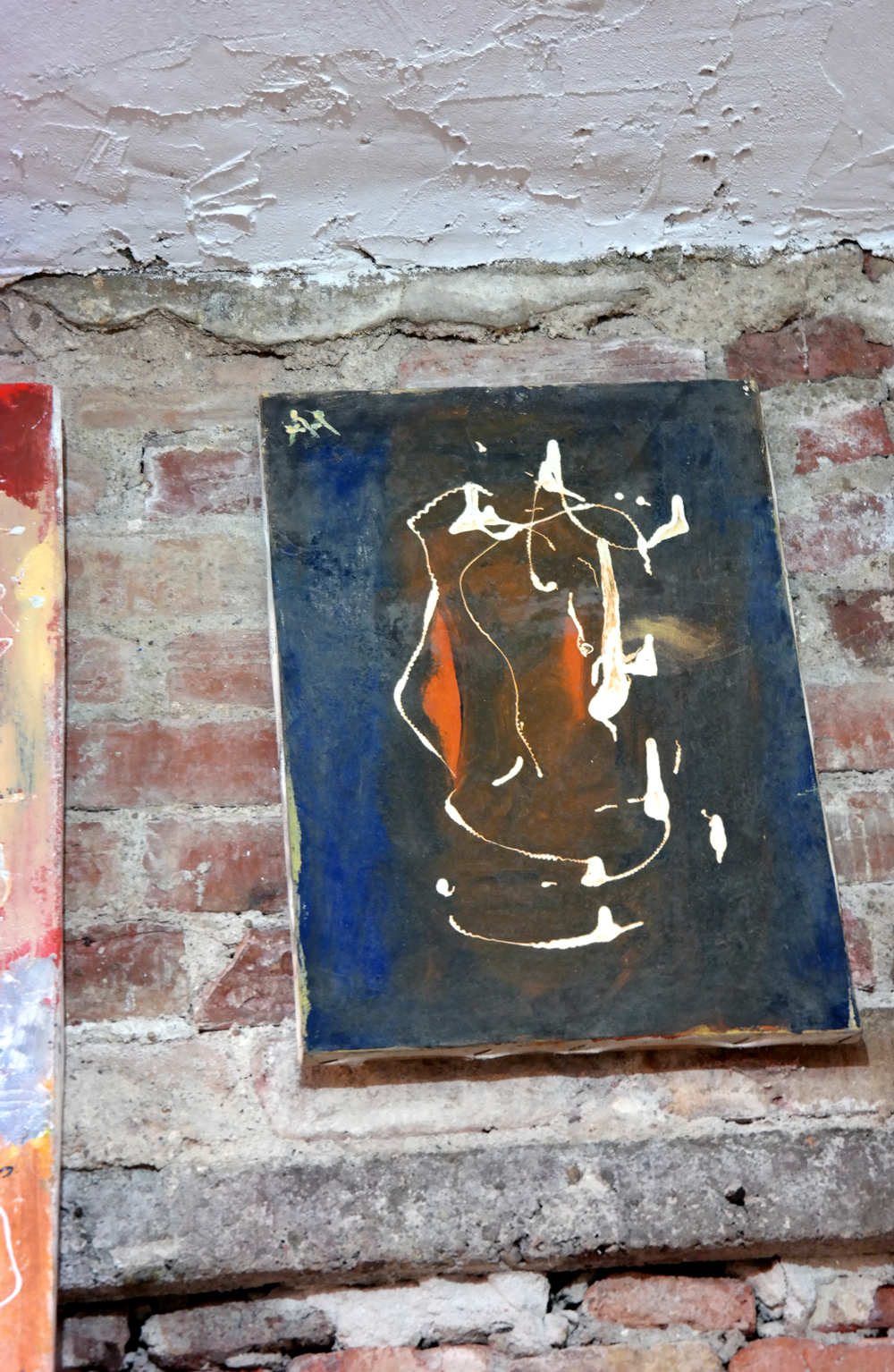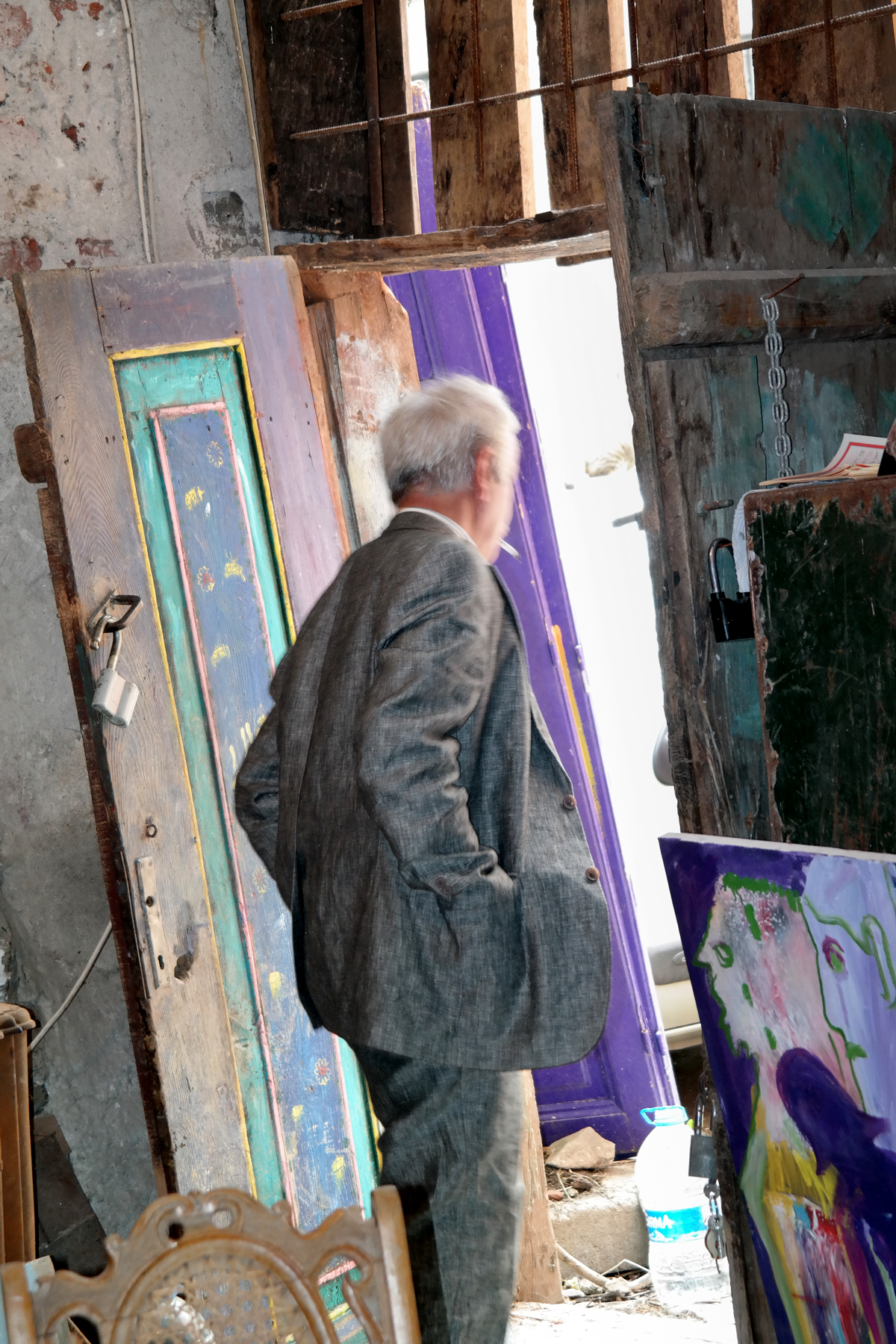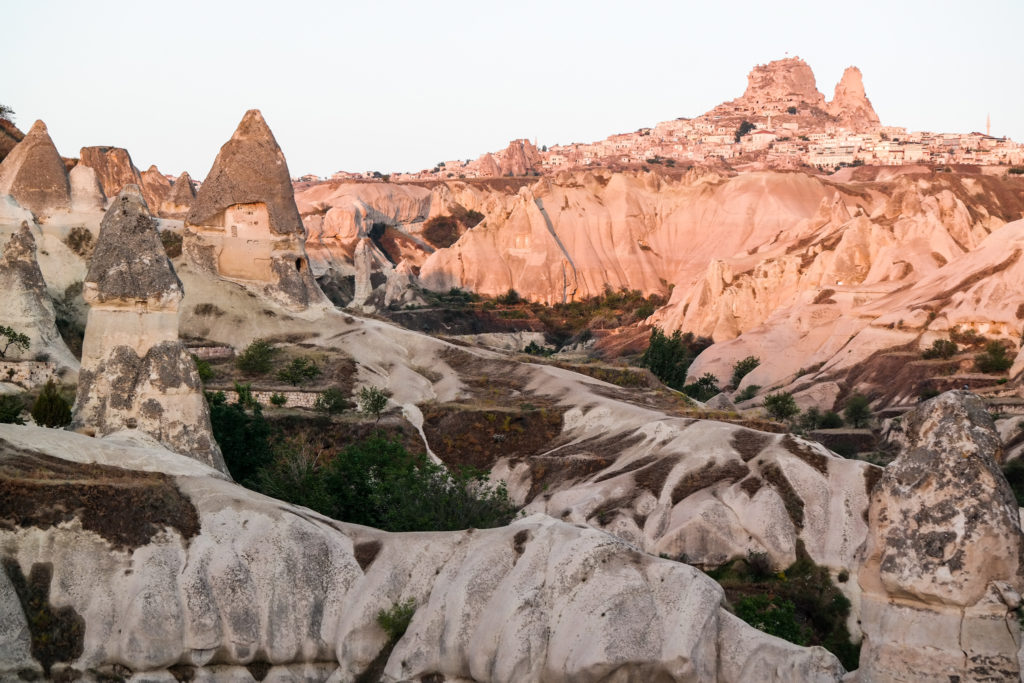
Anatolia, the Asian part of Turkey, owes its name to the Old Greek word for Sunrise: the country where the sun rises, at least from a Hellenistic view point. Yet, its central region, a white limestone landscape named Cappadocia, has more of a lunar feeling: wind and rain have sculptured the powdery volcanic soil into bizarre rock formations, so called fairy chimneys. The Cappadocians themselves have through-out their history displayed a certain affinity to the Underworld.
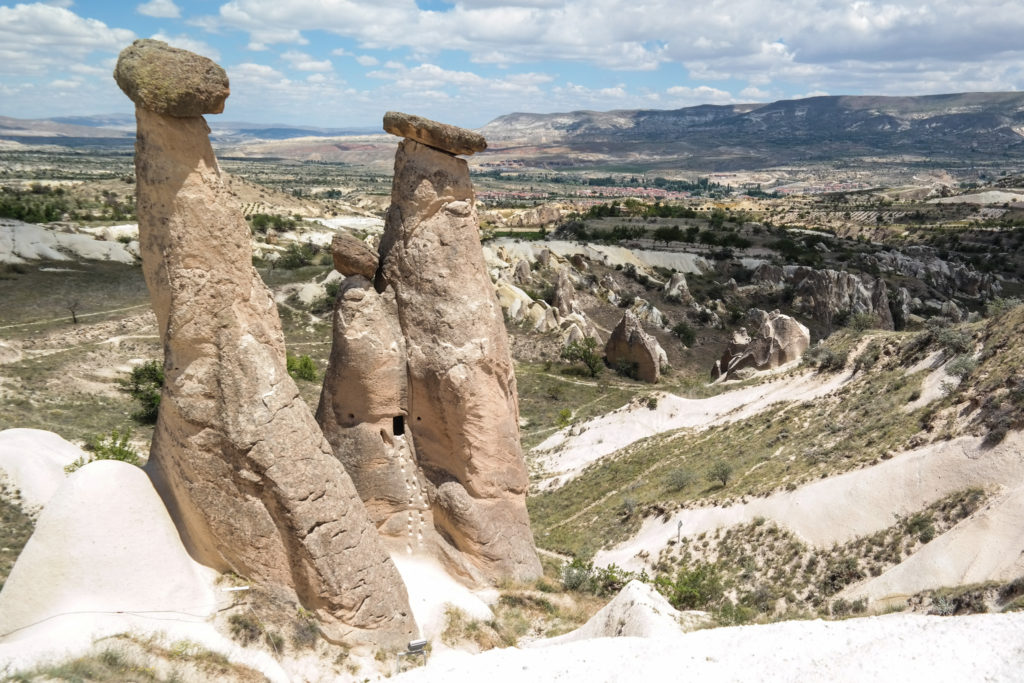
The ancient people of the Hittites, who reigned in Cappadocia from the 17th to the 12th century BC, carved their dwellings into theses fairy chimneys and hillsides. They also dug deep into the soft earth and built a network of underground tunnels for their trickery warfare, and caves multiple stories deep for the storage of perishable produce. The underground offered favorably cool thirteen degrees Celsius through the hot summers and the freezing winters.
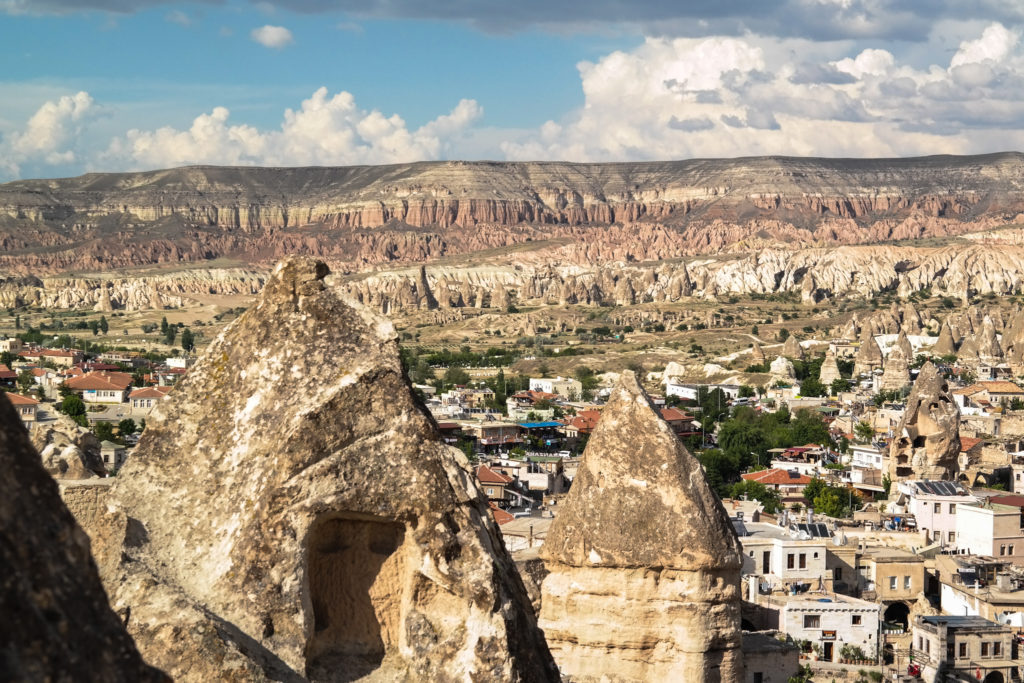
The Hittites venerated twelve Gods of the Underworld, gods they depicted with curly hair and conical hats. Much later, under the Persian Empire, these conical hats reappeared on the heads of Sufis, the mystics of Islam, although they were meant to symbolize the Islamic tombstones then.
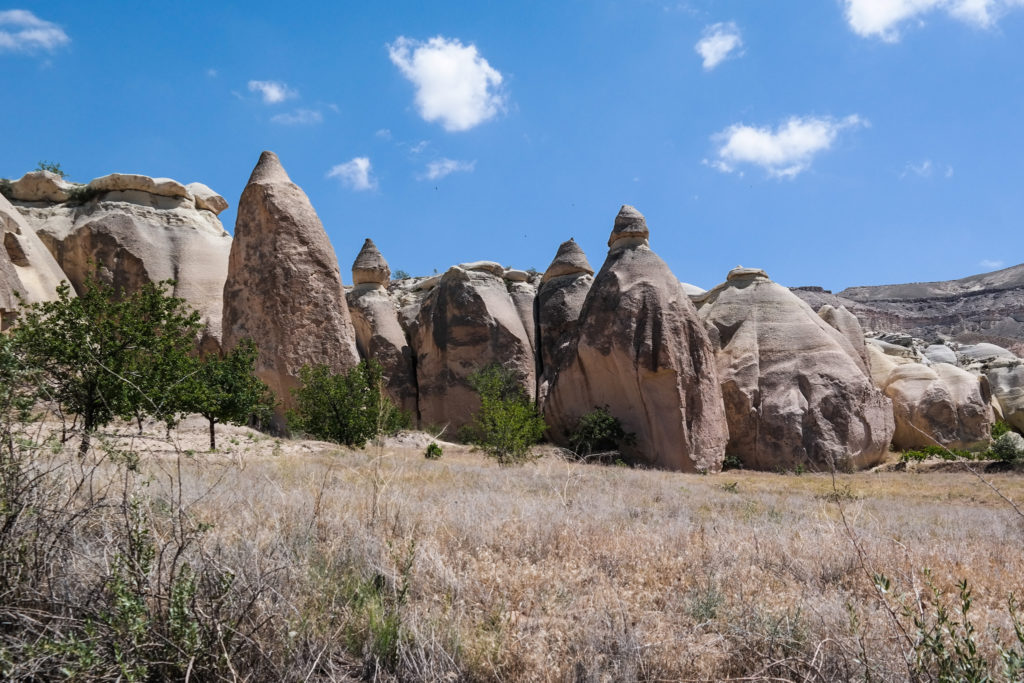
In medieval times, and after the Hittites had long vanished, Cappadocia served as a refuge for the early Christians. Byzantine Christian monks took over the old underground dwellings, and refurbished them into colorful orthodox churches. The remains of these beautiful frescos are still vibrant today – owing to the conserving climate of the caves – even though the depicted saints’ faces have been erased, hundreds of years ago, by hostile attackers.
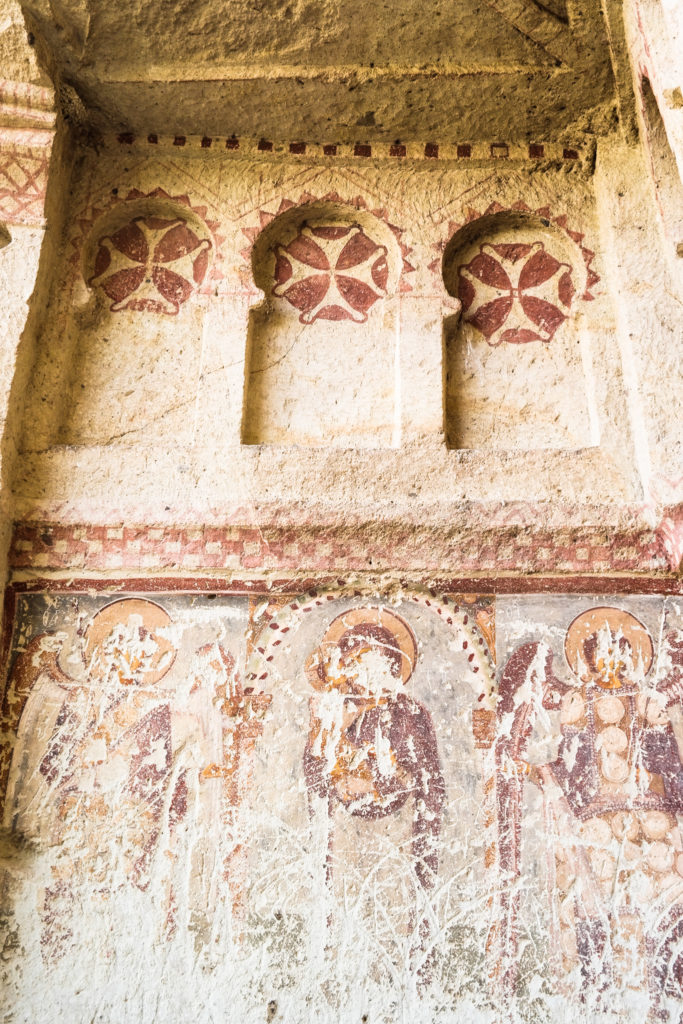
While the Byzantine Christians lived in the caves, they mirrored their cave-cities in the underworld by building underground cities, up to 60 meters deep, fully equipped with apartments, kitchens, baths, storage rooms and even prisons. When under threat, the Byzantines retreated into the Underworld and thanks to their sophisticated ventilation and intricate system of hallways, remained there for months on end – undetected by their attackers. The Byzantines disappeared from the Earth’s surface – and resurrected.
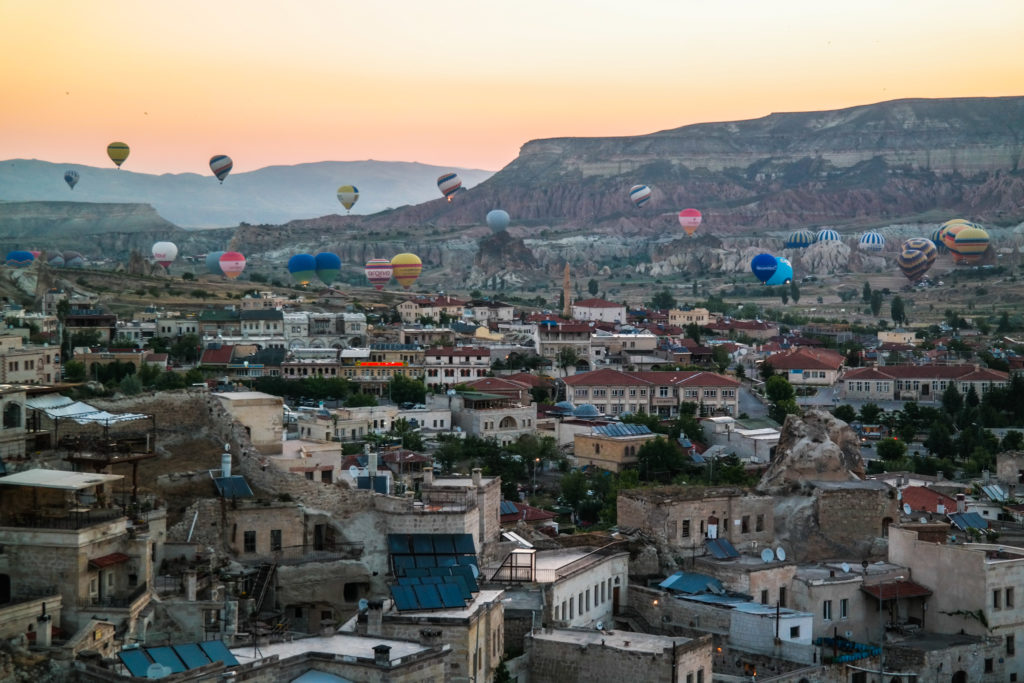
Tourism discovered Cappadocia only recently. Despite its underground history, most visitors like to see Cappadocia from far above. Hot balloons rise every sunrise – and shower the poor Anatolian region with foreign money.
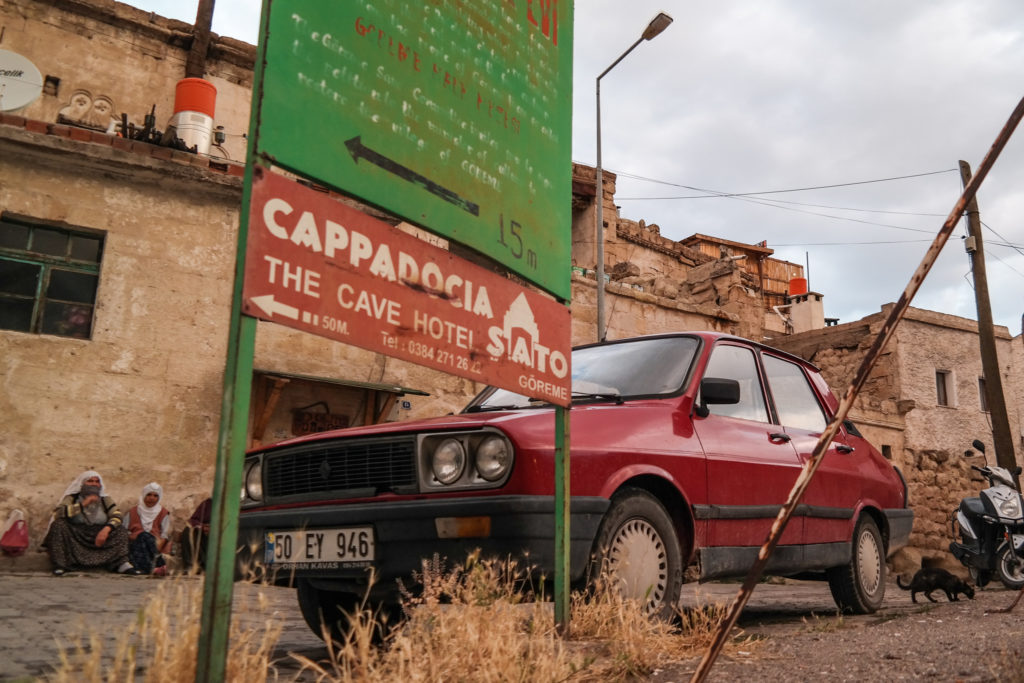
A couple of years ago, the Turkish have re-discovered the wisdom of the Hittites. The vast underground cities are used as storage space again. Produce is transported from all over Anatolia into Cappadocia.
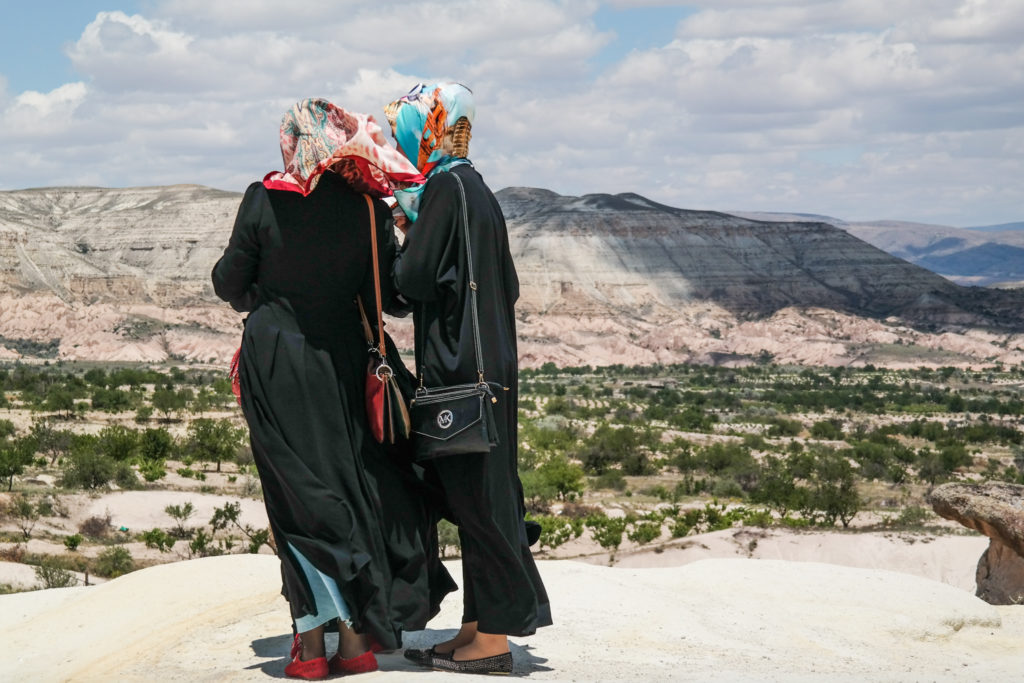
Mashalla for the Gods of the Underworld.

